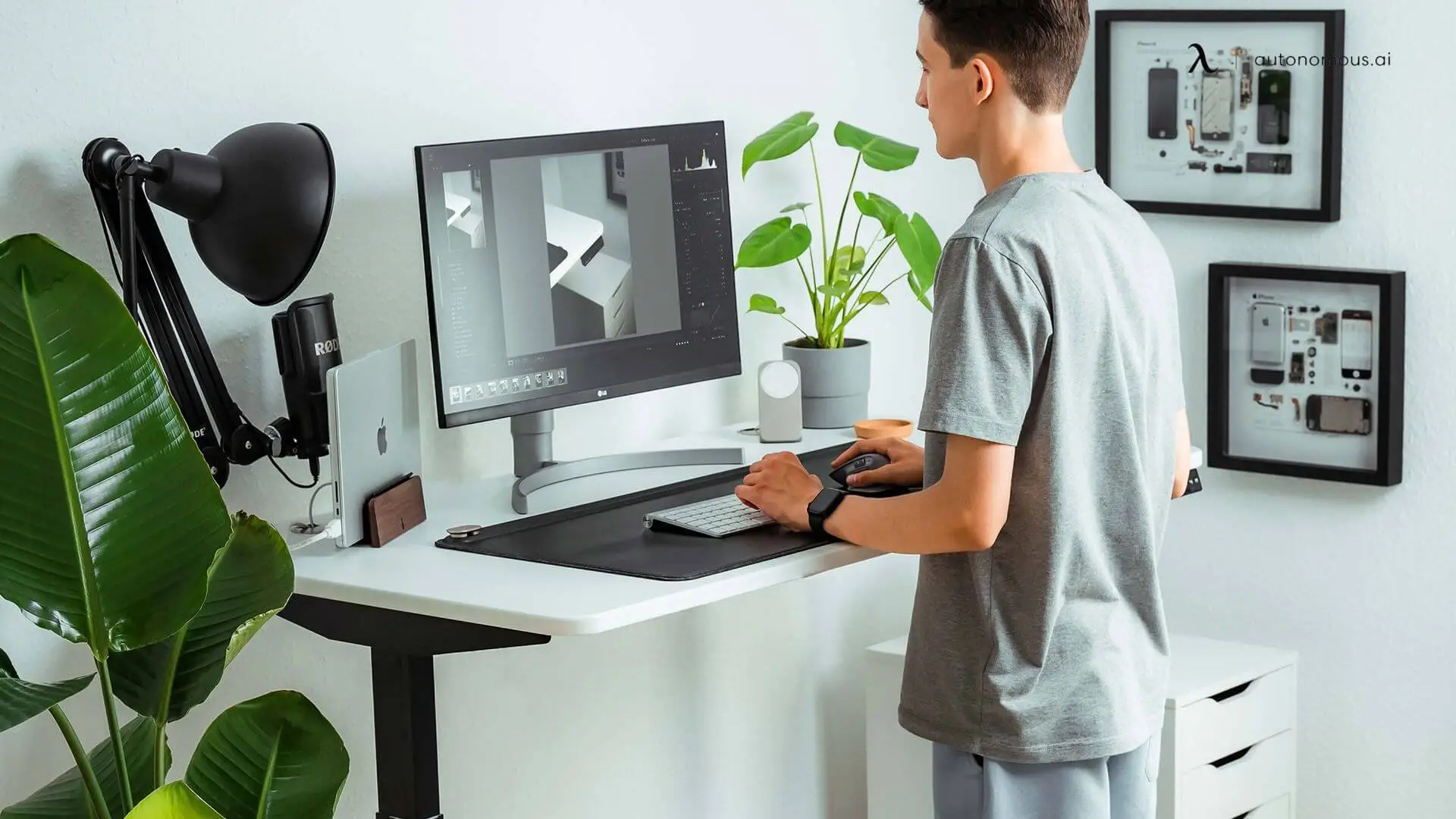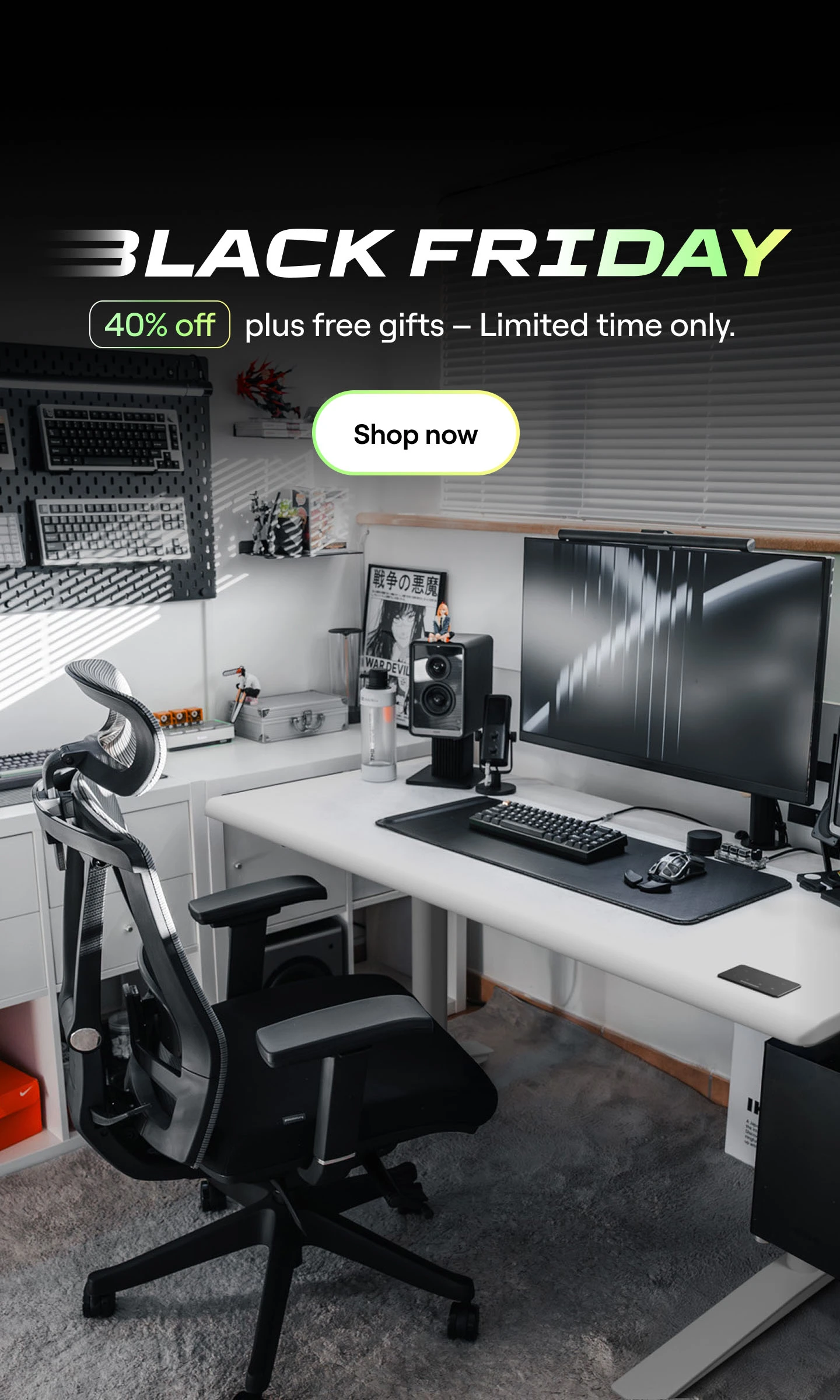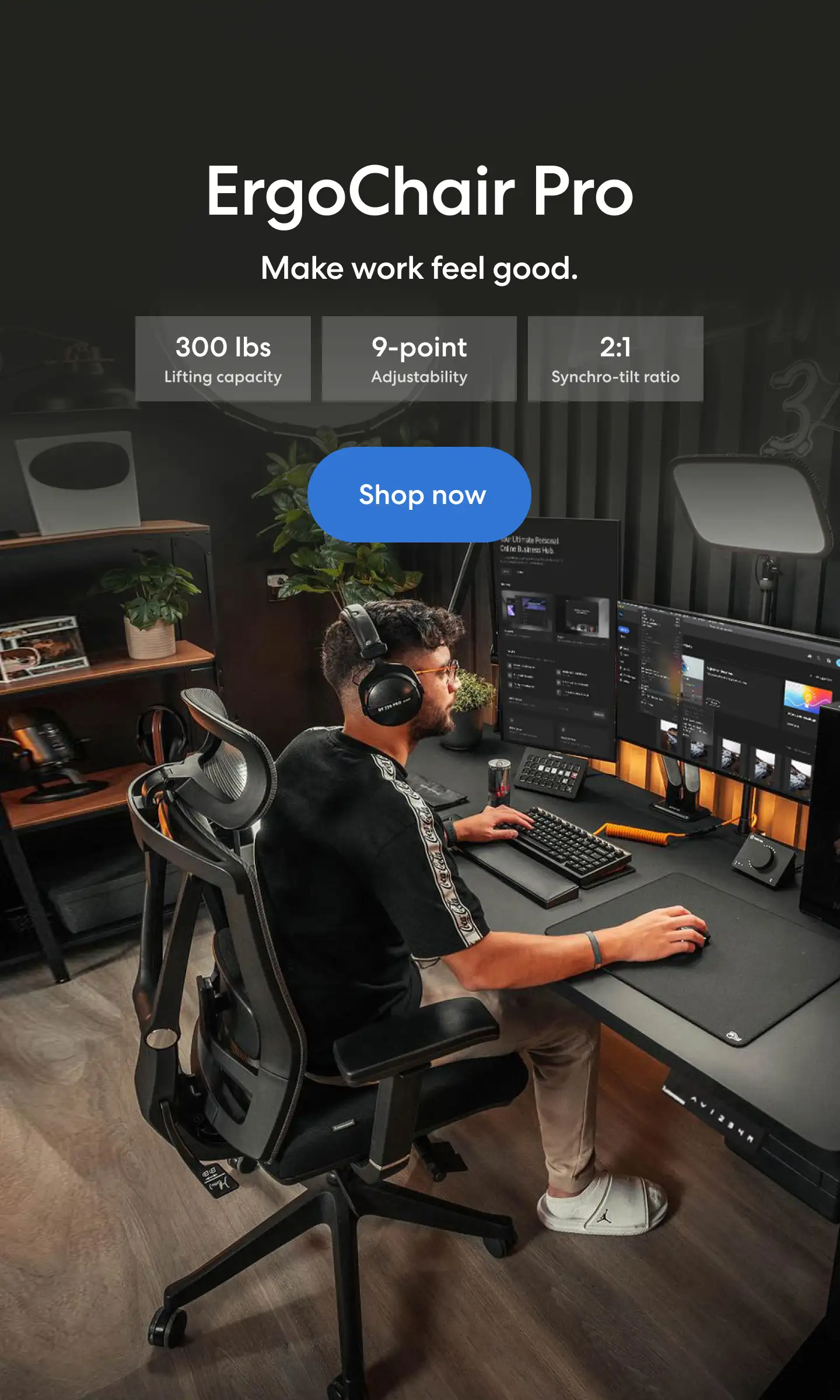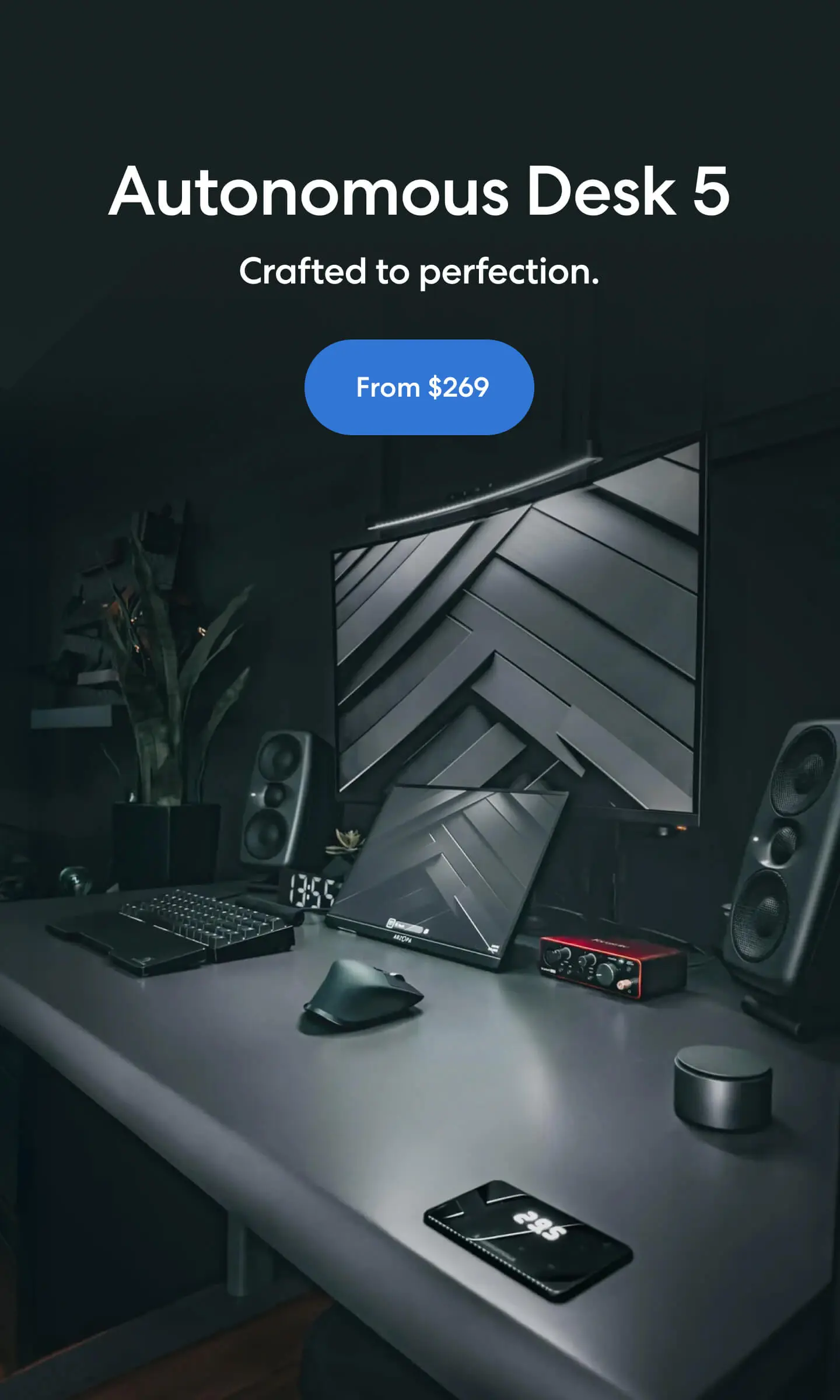
Table of Contents
- 1. Understanding the Root of Distraction
- 2. Designing a Focus-Friendly Workspace
- 3. Creating a Consistent Work Routine
- 4. Time Management Techniques for Deep Focus
- 5. Digital Boundaries and Focus Tools
- 6. Mindfulness and Mental Strategies
- 7. Managing Household and Family Distractions
- 8. Balancing Work and Breaks for Long-Term Focus
- 9. Adapting Your Space for Seasonal and Emotional Changes
- 10. Personalizing Your Focus Strategy
- Final Thoughts
Remote work has transformed the way we live and work. For many, it offers freedom, flexibility, and the luxury of skipping the daily commute. But working from home also comes with its own set of challenges—especially when it comes to staying focused. Without the structure of an office, distractions multiply, motivation can dip, and productivity can take a hit.
The good news? With the right approach, you can turn your home into a focus-friendly powerhouse that supports deep, meaningful work. In this guide, we’ll break down the why behind distractions and share 10 proven strategies to help you stay on task, avoid burnout, and actually enjoy working from home.
1. Understanding the Root of Distraction
Before you can fix a focus problem, you have to understand what’s causing it.
At home, distractions come in two flavors: external and internal. External distractions include noise from neighbors, family interruptions, pets, or the constant ping of notifications. Internal distractions come from within—checking social media “for just a second,” daydreaming, or hopping between tasks because you’re avoiding something challenging.
On top of that, your brain is wired to seek novelty. Every time you switch from a report to your phone or from email to a YouTube video, your brain gets a small dopamine hit. Over time, this habit rewires you for distraction.
The takeaway: Staying focused is less about sheer willpower and more about designing your workday and environment so distractions have fewer chances to sneak in.
2. Designing a Focus-Friendly Workspace
If your workspace isn’t set up for focus, you’re already at a disadvantage.
- Pick the right spot:
Ideally, work in a dedicated space that’s separate from where you relax. This creates a mental boundary between “work mode” and “home mode.” If you’re short on space, even a corner desk setup can work as long as it’s consistent.
- Invest in ergonomic furniture:
A comfortable, supportive office chair and an adjustable desk can make a massive difference in how long you can work without discomfort. Discomfort is a sneaky focus killer—it’s hard to stay in flow if your back or neck is screaming at you.
- Control your lighting:
Natural light boosts mood and focus, but if you’re working late, warm-toned lighting can prevent eye strain. Avoid overhead glare and position your monitor to reduce reflections.
- Declutter your space:
Visual clutter equals mental clutter. Keep your desk clean, store non-essential items away, and limit what’s on your work surface to the essentials.
If you want to take it further, use color psychology in your home office. Blue promotes calm and focus, green encourages balance, and yellow sparks creativity.
3. Creating a Consistent Work Routine
Working from home blurs the lines between personal and professional life. Without a set schedule, it’s easy for your day to dissolve into a mix of chores, calls, and half-finished tasks.
- Set clear work hours: Even if your job is flexible, having defined start and end times creates structure. Your brain learns when to shift into focus mode.
- Morning rituals matter: Whether it’s a workout, coffee on the balcony, or reading for 10 minutes, a morning ritual tells your mind, “It’s time to work.”
- End-of-day rituals: Just as important, have a small action that signals work is done. It could be shutting your laptop, taking a walk, or jotting down tomorrow’s top priorities. This helps prevent work from bleeding into your personal time.
4. Time Management Techniques for Deep Focus
Your schedule is the skeleton of your workday. How you structure it determines how much focus you can sustain.
- Pomodoro Technique: Work for 25 minutes, then take a 5-minute break. This keeps your brain fresh and prevents fatigue.
- Time Blocking: Group similar tasks together in specific time slots. For example, answer all emails between 9–10 AM instead of checking them throughout the day.
- Single-tasking: Multitasking might feel productive, but it actually slows you down. Commit to finishing one thing before moving to the next.
For creative or analytical work, try “deep work” sessions—uninterrupted blocks of 60–90 minutes where you turn off all distractions and immerse yourself in a single task.
5. Digital Boundaries and Focus Tools
The internet is both a blessing and a curse for remote workers. While it connects you to everything you need, it also offers unlimited distractions.
- Silence notifications: Mute non-essential apps during work hours. If something is urgent, people can call you.
- Use website blockers: Tools like Freedom, Cold Turkey, or StayFocusd can block time-wasting sites during work hours.
- Leverage productivity apps: If you’re prone to wandering, a simple to-do list app or project management tool can keep you anchored.
Remember, digital boundaries aren’t about limiting freedom—they’re about protecting your attention for the things that matter.
6. Mindfulness and Mental Strategies
Mental clutter is just as distracting as a messy desk. Mindfulness practices can help you pull your attention back when it starts to drift.
- Breathing exercises: A quick 4-7-8 breathing cycle can calm your mind in under a minute.
- Micro-meditations: Even 3–5 minutes of meditation can reset your focus.
- Daily priorities: Start each day by choosing your top three priorities. Everything else is secondary.
When you notice your mind wandering, don’t get frustrated. Acknowledge it, gently pull your focus back, and keep going. Over time, this builds your attention “muscle.”
7. Managing Household and Family Distractions
If you share your space with others, distractions can multiply.
- Communicate your schedule: Let family or roommates know when you’re in work mode. A simple sign on your door or desk can help.
- Use shared calendars: Sync schedules so everyone knows when common spaces are in use.
- Control noise: White noise machines, soft background music, or noise-cancelling headphones can block out disruptions.
Sometimes, the best solution is a physical boundary—like setting up in a separate room or using a privacy screen.
8. Balancing Work and Breaks for Long-Term Focus
You can’t focus endlessly. Your brain works in cycles, and respecting those cycles is key to sustainable productivity.
- Take active breaks: Stand up, stretch, or go for a short walk to refresh your body and mind.
- Avoid “fake breaks”: Scrolling social media between tasks doesn’t truly recharge you—it just drains more attention.
- Fuel your focus: Keep healthy snacks and water nearby. Stable blood sugar helps you avoid the mid-afternoon crash.
9. Adapting Your Space for Seasonal and Emotional Changes
Your needs might shift throughout the year. In winter, you may need more light to counteract darker days. In summer, you might need better ventilation or cooler colors to feel comfortable.
Similarly, your emotional state can influence focus. If you’re feeling restless, introduce more grounding elements—like earth tones or a stable desk setup. If you’re feeling low-energy, add pops of bright color or play upbeat background music.
10. Personalizing Your Focus Strategy
What works for one person might not work for another. Some people thrive in absolute silence, while others focus better with ambient noise. Some work best in the early morning; others hit their stride late at night.
Treat your focus routine like an experiment. Try new techniques, track your productivity, and adjust. Over time, you’ll find the combination that feels natural and sustainable.
Final Thoughts
Working from home is here to stay for many professionals—and that means mastering focus is no longer optional. By creating a workspace that supports concentration, setting clear routines, and managing both digital and physical distractions, you can do your best work without feeling constantly pulled in a dozen directions.
The key is balance: structure your environment and habits so that focus becomes the default, not the exception. Once you get there, you’ll find that working from home doesn’t just match office productivity—it can surpass it.
Spread the word
.svg)



(1).webp)



